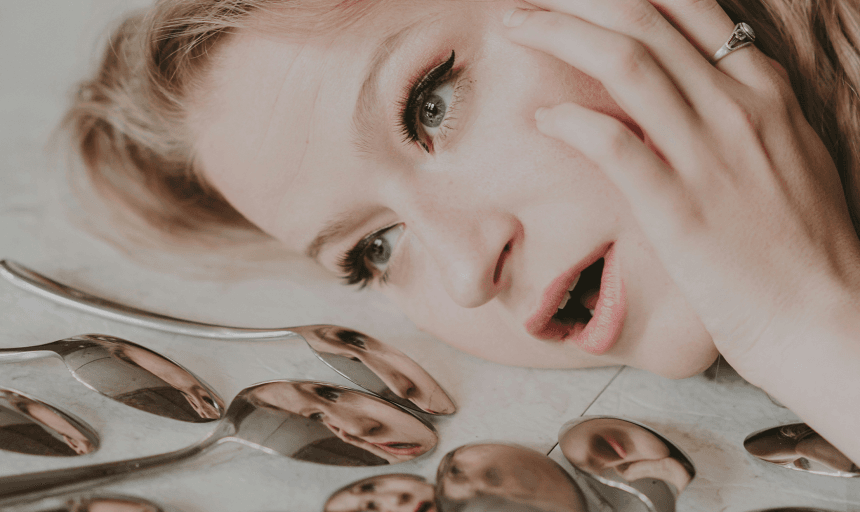
PERSONAL BRANDING: CONFRONTING ITS OWN IDENTITY CRISIS
Personal branding is having a moment—its final one.
Brace yourselves; this intel drop will likely ruffle some feathers.
THE RISE AND FALL
Initially, personal branding emerged as a strategic effort to shape public perception, positioning individuals as industry authorities, enhancing credibility, and setting them apart from competitors. Indeed, it served its purpose.
However, amidst the noise of self-promotion, a more profound truth emerged: what individuals truly seek is not more branding but a genuine reputation.
In a tale of “how it started—how it’s going,” we witnessed that through the pursuit of personal branding, individuals morphed into exaggerated versions of themselves, akin to a cosmetic procedure gone awry—a plastic-fantastic facade where authenticity took a back seat to self-validation. As a result, personal branding has become a hyperbolic game of smoke and mirrors, overshadowing the essence of true reputation-building.
We are flooded with countless personal brands, yet many are devoid of substance. They may dangle shiny attention-grabbing objects like trending photos and grandiose tones of voice instructed by their style guide, but upon closer due diligence, their image often lacks a tenure of solid reputation.
The problem lies not in the concept of personal branding itself but in its execution.
The liability rests with the unregulated service providers venturing into the branding domain. Suddenly, lifestyle photographers, life coaches, and spiritual influencers began labelling themselves as personal branding experts, offering dogma-like guidance on shaping one’s brand.
With the influx of such pep-talking gurus, the word “mindset” took centre stage as the cure-all for individuals seeking to enhance their brand presence or, more accurately, to resolve their already confusing brand messaging.
Scores of branding coaches began preaching, asserting that personal branding is solely synonymous with being “uniquely you.” In an era where “fake was the new dope,” that was merely a clever marketing angle, and it proved effective. Yet, in the ongoing evolution of trends, popular narratives inevitably reach their expiration, and this rings particularly true for the manufactured concept of “personal” branding.

Delivered to Your Inbox
So, how far did this go? In the pursuit of brand clarity, individuals were convinced they had the green light to indulge their unfulfilled internal fantasies of self, leading them into the epitome of gauche, where amplification became the primary tactic for execution.
We witnessed aspiring thought leaders and digital entrepreneurs embracing cosplay personas for their bio photos, clad in Burning Man-inspired costumes, frequently crowned with spiked quartz crystal tiaras, and various other accessorized interpretations of self, all striving to distinguish themselves in a saturated marketplace.
Drawing from my nearly two decades of experience in the global agency landscape as both a brand strategist and futurist, it’s impossible not to perceive this phenomenon as a grand illusion, reflecting the deep-seated fractures within our collective sense of identity.
Additionally, the COVID-19 pandemic deepened our existential inquiries about personal identity. Amidst enforced isolation, we scrutinized our own values, almost forensically, leading to a rise in self-reflection to answer two key questions: “Who am I?” and “What’s my purpose?”
In 2022, The Australian Business Journal recognized my agency and me as one of Australia’s foremost authorities on personal branding—a distinction that was both gratifying and disconcerting. As our journey unfolded, it became clear that our work in developing brands for personalities and their enterprises was often too simplistically categorized as “personal branding”.
However, right from the agency’s inception, we consistently emphasized that branding is a universal discipline centred on reputation as its core deliverable outcome. Whether we work on the brand of a multinational corporation with thousands of employees or that of a published author, our approach remains universal. The execution may vary, but the diagnostic, strategy pillars, and design principles are the same.
What was evident was that newcomers eager to break into the industry took niching to another level, entering with limited knowledge and no commercial validated experience, packaging themselves as a hybrid sub-vertical of branding because it was in high demand.
Newcomers eager to break into the industry took networking to another level, packaging themselves as a hybrid sub-vertical of branding.
THE CONSUMER SHIFT
Consumers are no longer captivated by flashy “personal brands.” They’ve grown weary of the charade and have reached a saturation point. The days of blindly following self-proclaimed gurus are over; genuine (not woke) authenticity is the new currency.
As the market evolves, so do consumer expectations. They prioritize substance over exaggerated styling and genuine intelligence as a value-add over glossy, self-affirming personas that offer little beyond flattery and hype for their own sales conversions.
DON’T TAKE IT PERSONALLY
As someone who leaves when a party becomes intolerably crowded, I am officially retiring the term ‘personal branding’ from any reference to our work with personalities, founders, or CEOs. Consider this the definitive public service announcement.
Rooted in intelligence, through principles of social psychology, neuroscience, and lingual semiotics, we’ll keep backing thought leaders engaging us to clarify their brand messaging and founders seeking to unearth their brand identities. Nothing changes, except one thing: We’ve checked out of the personal branding zeitgeist. Officially.
Don’t take it personally. Our position and service offerings have grown stronger in our belief that the ultimate objective is not branding for branding’s sake but branding for reputation. Two different ROIs and, in my view, only one clear winner!



